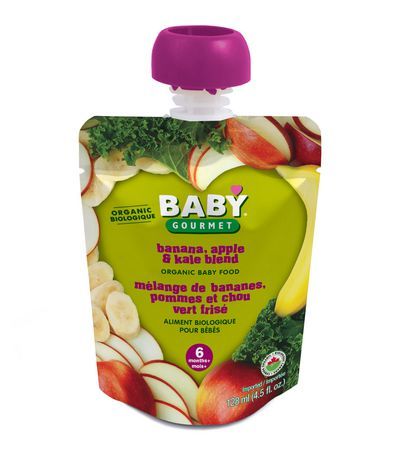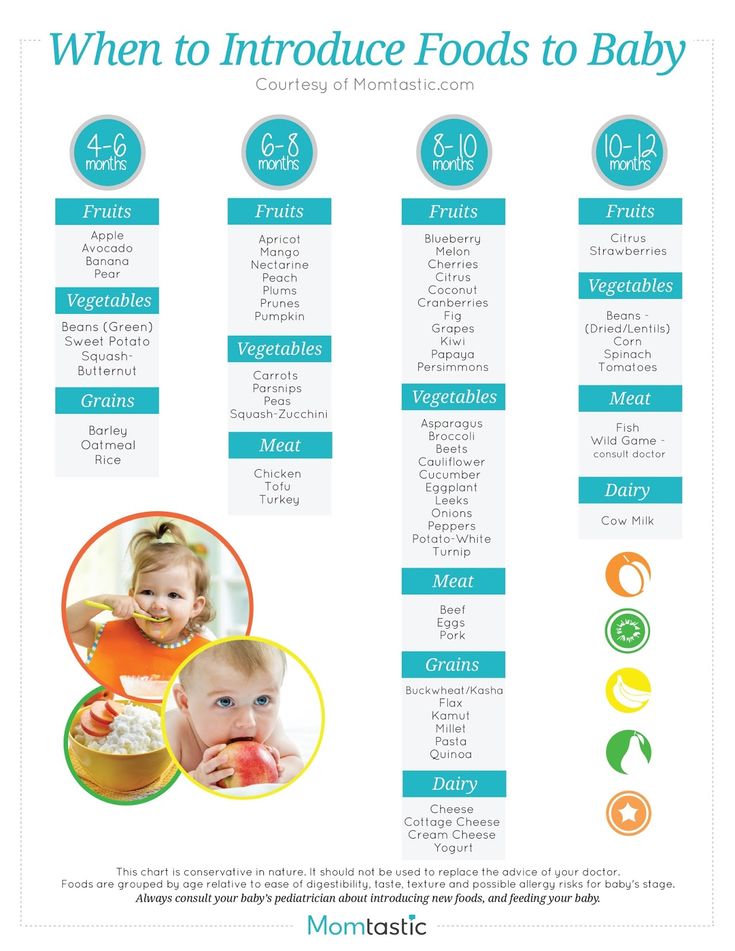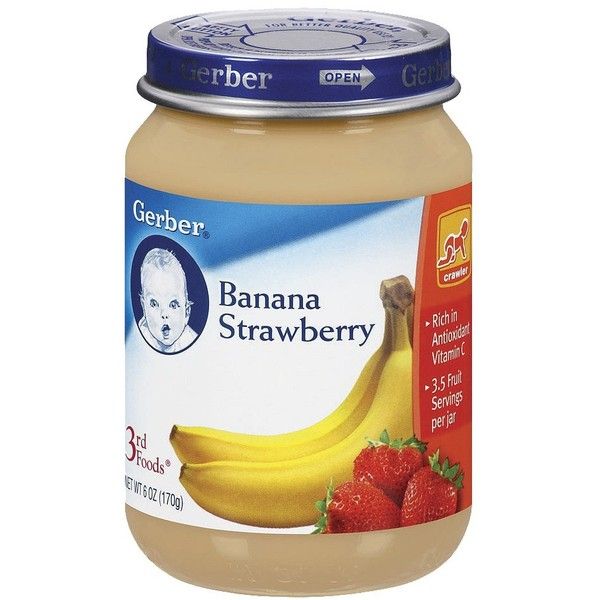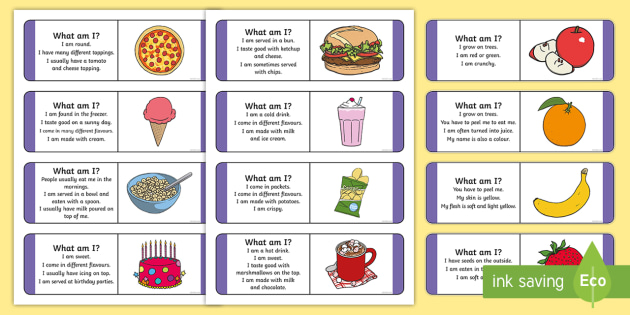Sugar in baby food pouches
Baby food pouches 'more sugary than Coca-Cola', dentists warn amid 'epidemic' of tooth decay | UK News
A survey of 109 food pouches, which are aimed at children under one year, has revealed that more than a quarter contained more sugar by volume than Coca-Cola.
Fruit-based pouches marketed for babies as young as four months old contained sugar levels the equivalent of up to 150% of the soft drink, according to the British Dental Association (BDA) study.
The BDA said some of the products misled parents into thinking they were making healthy choices by claiming they contained only "naturally occurring sugars" or "no added sugar", or that they were "nutritionally approved" or in line with infants' "nutritional and developmental needs".
All products found to be high in sugar adopted so-called "halo" labelling, focusing on their "organic" status or that they were "high in fibre" or contained "1 of your 5 a day", the report warned.
The report also highlighted the increased risk of tooth erosion and decay to infants as they often suck the food directly from the pouches.
BDA chairman Eddie Crouch said: "Disingenuous marketeers are giving parents the impression they are making a healthy choice with these pouches. Nothing could be further from the truth.
"Claims of 'no added sugar' are meaningless when mums and dads end up delivering the lion's share of a can of Coke to their infants.
More on Health
-
'It just felt like they'd given up on me': 30 new patients of Huntercombe Group tell their stories of what life is like at mental health units
-
Medics ask frustrated A&E patients to show more understanding - as winter pressures hit
-
Cancer drug trial using COVID vaccine mRNA technology shows 'highly encouraging' results
Related Topics:
- Health
"Tooth decay is the number one reason for hospital admissions among young children, and sugar is driving this epidemic.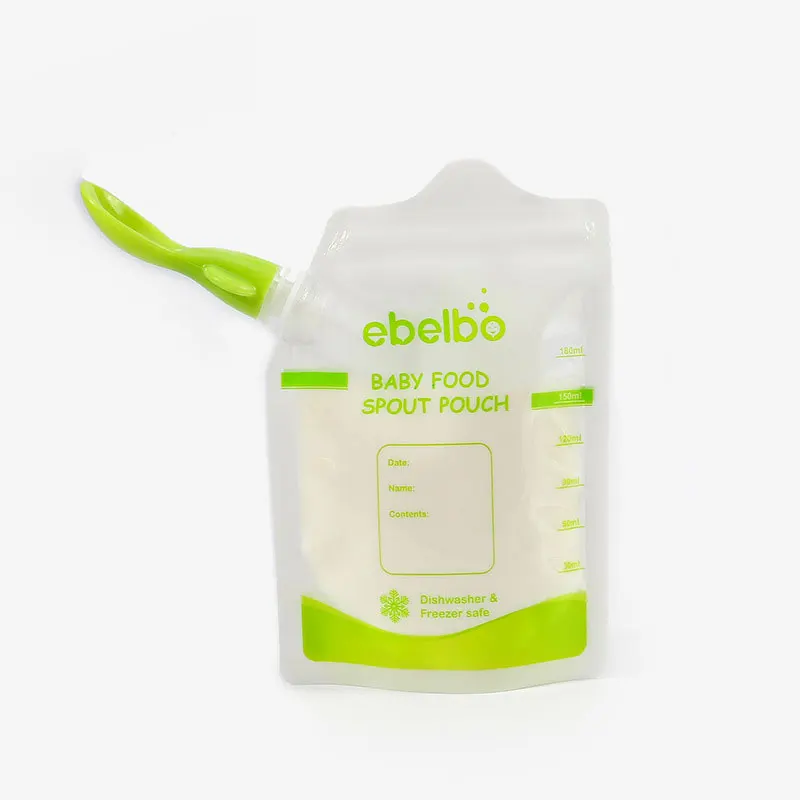 These products sadly risk hooking the next generation before they can even walk.
These products sadly risk hooking the next generation before they can even walk.
"Ministers need to break the UK's addiction. They must ensure sugar becomes the new tobacco, especially when it comes to our youngest patients."
Advertisement
Image: Dentists have urged the government to take action on levels of sugar in baby foodThe BDA claimed Ella's Kitchen and Annabel Karmel were two brands which appeared to have higher levels of sugar than traditional baby food brands or own-brand alternatives.
A spokeswoman for Annabel Karmel said: "Annabel Karmel's organic purees are inspired by her much-loved homecooked recipes. They are specially designed for babies and contain 100% fruit with no added salt or sugar. The limited sugar content comes from naturally occurring sugars found in the fruits used."
An Ella's Kitchen spokeswoman said: "At Ella's Kitchen, we take infant nutrition very seriously and, since 2016, building on recommendations from Public Health England, we have been reducing the proportion of higher sugar fruits like bananas in our recipes, as well as introducing lower sugar fruits and 100% vegetable pouches, bringing down sugar on average across the range by 20%.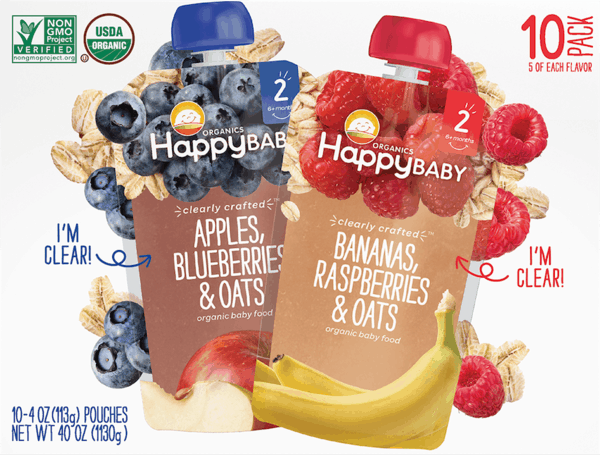
"Any new products aim to be 10% less sugar than the range average as a commitment to ongoing sugar reduction in stage 1 recipes.
"We do not advise that little ones consume our purees directly from the pouch, instead recommending that they be consumed from a spoon and eaten as part of a varied diet including lots of homemade foods."
Read More:
PM defends ditching salt and sugar tax designed to tackle obesity
Remove 'misleading' claims on sugary baby and toddler snack
Data reveals 'shocking' increase in child teeth extractions
The BDA said the excessive levels of sugar in many infant pouches warranted action, including clearer "traffic light" labelling and potential expansion of the sugar levy.
The Department of Health and Social Care is expected to consult imminently on the marketing and labelling of infant food.
A spokesman for the department said: "We have challenged businesses to improve the nutritional content of baby food and drink, as our review in 2019 found inconsistencies between national recommendations and the ingredients and nutritional content of these products. "
"
The (ugly) Truth About Baby Food Pouches | Are Homemade Pouches For Babies Good Or Bad | Do Baby Food Packets Grow Mold | Amara
The (Ugly) Truth About Baby Food Pouches
It’s hard to believe that baby food pouches only came on the market about a decade ago, give or take. To put it mildly, these things became insanely popularfast. In 2018, theNew York Times reported that pouches account fora full quarter of the baby food market —wow. This is a pretty staggering rise to prominence, when you think about it.
In real life, the prominence bears out. I see pouches everywhere, and it’s true: pouches take up at least 25% of the shelf space on the baby food aisle (which is itself a dizzying array of products and options…).
If you’re a parent, we probably don’t have to tell you why pouches became so popular so quickly: they’re the epitome of convenience. Besides the fact that kidsreally like them, pouches require no prep, no feeding, no refrigeration, no mess, and virtually no clean up.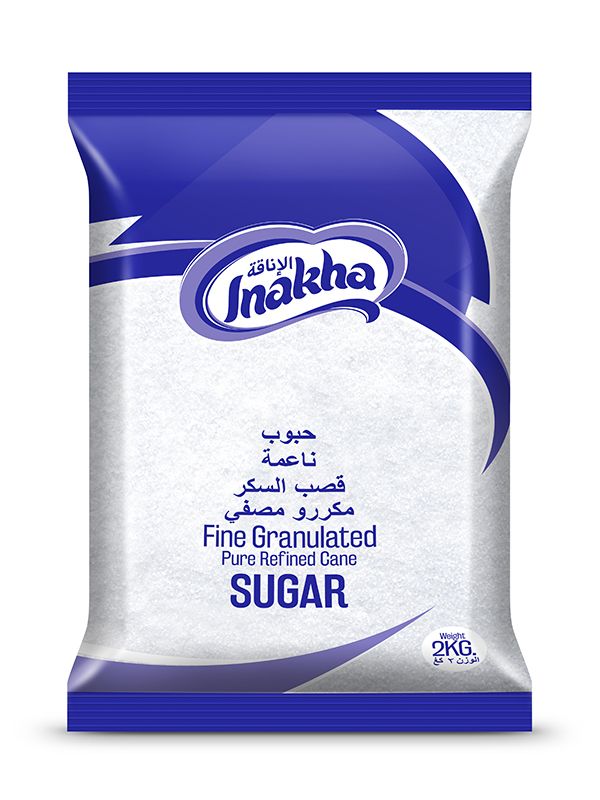 They’re easy to pack, easy to store, easy to hand over, and given that so many of them are organic and/or contain exotic fruits and vegetables, they’re really easy to feel good about.
They’re easy to pack, easy to store, easy to hand over, and given that so many of them are organic and/or contain exotic fruits and vegetables, they’re really easy to feel good about.
But too much of anything is not always a good thing.
Pouches are a great option for any number of circumstances and situations (more on this shortly…), but according to the best experts, over relying on them is actually problematic. Here’s why:
-
Pouches don’t teach young children about food and eating.
Every time a baby or toddler sits down to eat presents a learning opportunity in more ways than one. And unfortunately, pouches detract from that learning more than they contribute to it.
Eating — whether it’s by hand or getting spoon-fed — entails using fine motor skills, coordination, and specific oral mechanics. It’s a tactile experience that furthers a child’s developmental abilities in multiple areas. If eating is an actual activity, “eating” from a pouch is passive. It is, in a way, a lost developmental learning opportunity.
It is, in a way, a lost developmental learning opportunity.
When children eat solids — including purees — they’re learning to take bites, to move food around in their mouths, to use their tongues, and to chew. Pouches demand none of this of children. As Kara Larson, a feeding specialist and speech language pathologist at Boston Children’s Hospital said in an interview: “if children are just sucking from a pouch all the time, we worry that some of that tactile experience with food might be lost.”
Eating is also a sensory experience, and this is another area in which pouches come up short. Babies and toddlers learning to eat take ineverything about foods — feeling, seeing, and smelling are a huge part of how they learn about different foods. With pouches, all this sensory intake is essentially lost: children can’t see what color their “food” is, can’t smell it by and large, and don’t feel its textures.
Not to mention, to a large extent,they also can’t even really taste it.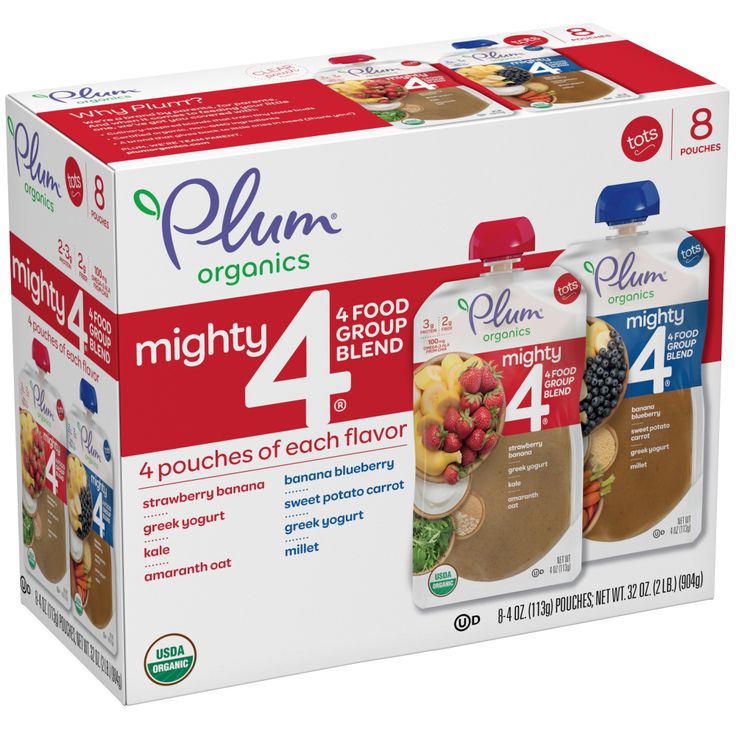 Here’s what I mean…
Here’s what I mean…
The main ingredient in most pouches tends to be a sweet food, usually a fruit. And those sweet foods effectively dominate the entire flavor profile. So even if a pouch does contain spinach or broccoli or the like,children can’t taste it. Like, at all.
Indeed, partly because of this sweet-taste-masking effect, young children usually can’t differentiate between any of the flavors in any given pouch. I found it helpful to consider what’s going on for me whenever I have a smoothie — I can often pull outsome of the individual flavors, but not all of them. And even the singular tastes I can detect,I can only detect because I already know what they taste like.
Babyhood and toddlerhood together comprise a critical period of time for learning about foods — and learning to like foods! If toddlers don’t have experience with actual vegetables, they may be less likely to enjoy them down the road. As pediatrician Dr. Natalie Muth told the Times, “kids need the taste of what the actual food is to come to like it later. ” IOW, apple-pear-kale pouches aren’t helping children learn to love kale.
” IOW, apple-pear-kale pouches aren’t helping children learn to love kale.
All of this is to say that children don’t learn much about foods (if anything at all) from pouches — they’re not becoming familiar with the foods or even the flavors included — which is a problem because this is a huge piece of how children come to actually like foods.
-
Pouches aren’t as nutritious as manufacturers would like us to believe.
There is ahuge problem in the way these pouches are marketed — it’s totally misleading, in my opinion.
We parents are led to believe that pouches are a great way to “get” our children to eat healthy, and that we can trust a pouch to put plenty of fruits and vegetables into our kids’ systems. Many pouches also contain foods you won’t find in conventional baby food jars, like quinoa or kale or pomegranate or avocado — and the message we are led to believe is that these inclusions make poucheseven more healthy. They contain all these awesome foodie foods! But pouches actually aren’t all that healthy, and as mentioned above, the delivery mechanism — single-texture blends that children “drink” more than they “eat” — isn’t teaching children to come to know and loveactual fruits and vegetables.
They contain all these awesome foodie foods! But pouches actually aren’t all that healthy, and as mentioned above, the delivery mechanism — single-texture blends that children “drink” more than they “eat” — isn’t teaching children to come to know and loveactual fruits and vegetables.
Some pouches contain added sugars (grrr), and even among those that don’t the sugar content is still disproportionate compared to the real foods they started out as. This is true of jarred baby food in general (the high-heat processing that ensures shelf-stability also nukes all the “good stuff,” including vitamins, minerals, fiber, and flavor, while leaving undesirable contents like sugar) — but some research indicates that pouches in particular tend to have higher sugar contents than baby food jars.
The lack of fiber and texture is also a huge loss — because fiber is super important for digestive health and also contributes to feeling satiated. In fact, some experts worry that because children can suck down pouches so much more quickly than they could eat the same thing (and they aren’t getting any measurable amounts of fiber from them), pouches might actually impact children’s learning about feelings of satiety.
The convenience factor, too, can be so damntempting. Because they are so easy and children like them so much, many parents (myself included — guilty) use pouches as a sort of management strategy in moments of “crisis,” to put an end to things like public tantrums or epic stretches of whining. Admittedly, this probably sends our kids some mixed messages, namely that emotional or inappropriate behavior can and will be tamed with food (read: sugar). Without being alarmist about it, it’s not unreasonable to think that these aren’t necessarily the healthy, ideal lessons many of us are aiming to teach our kids.
______
All this said — there is a time and a place for everything, and you don’t need to empty your pantry of pouches for all eternity or swear them off entirely. The problem with pouches, as it were, is only apparent if babies and toddlers are consuming them A LOT. As in, multiple pouches per day. As in, so-many-pouches are displacing other sources ofreal food.
Here are some helpful thoughts from experts on when and how to incorporate pouches:
Pouches may be a parent’s best friend in certain situations — and the hands-down “winner” in that category is TRAVEL. Whether you are making a road trip, day trip, plane trip, or whatever, having a pouch on hand for a snack can be life-saving. These kinds of situations are often about getting through them, so do what you need to anddon’t feel guilty about it!
Experts suggest having some sort of “ground rules,” so to speak, about using pouches — as opposed to using them randomly, on the fly, or as a reactive strategy to calm down your child. Put another way, they recommend making decisions about when and how you plan to use pouches ahead of time, rather than in the moment.
Look for products with no added sugar, and consider buying smaller sized pouches if they’re available.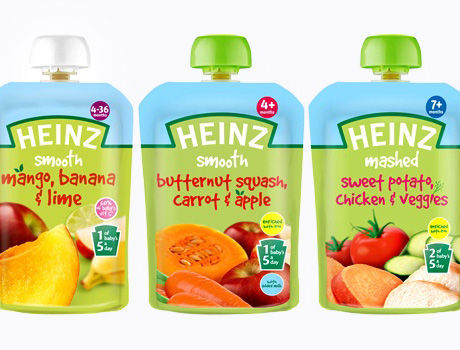 This isn’t to say that children need pouches — not at all. Pouches were made for and marketed toUS, parents. And there are plenty of reasons to like them. But our children don’t need them, and they’re certainly not benefitting from them.
This isn’t to say that children need pouches — not at all. Pouches were made for and marketed toUS, parents. And there are plenty of reasons to like them. But our children don’t need them, and they’re certainly not benefitting from them.
As we said, there’s a time and a place for everything — and pouches aren’t “all bad”! When we offer them with intention and in moderation, pouches can be wonderful. But it’s also important to see beyond the deceptive marketing that would have us believe pouches are a boon to any child’s culinary education. Not so — as always, in the end, real food wins…
How Baby Food Pouches are Made (A Behind the Scenes Look) & How We're Different
Most parents can admit to staring and staring at the supermarket shelf, looking the baby food aisle up and down, wondering what is the best possible baby food to give their baby. There are more flavors of baby food pouches available than there are cereals, but there is one thing they all have in common: the way the baby food pouches are made.
But wait, they’re 100% fruit right? They don’t list “sugar” as an ingredient… They are “organic,” brain smart, and filled with fiber. How can these squeeze pouches be badfor your little one?
When we started Amara, we knew that no one was getting more time anytime soon. So we searched high and low for the best way to bring fresh food to supermarket shelves without sacrificing essential nutrients and vitamins.
We stumbled across a technique that was used centuries ago by the Incans to preserve food. The Incans didn’t just store their food where they lived. They would climb up to the highest mountains, at a much higher elevation than where they lived, and store their food there. Why would they store their food so far away from where they cooked? It turns out the Incans were not just trying to get exercise, they were on to something. The pressure and cold of the high mountains actually preserved the food, all while maintaining the taste, texture and nutrients of fresh fruits and vegetables.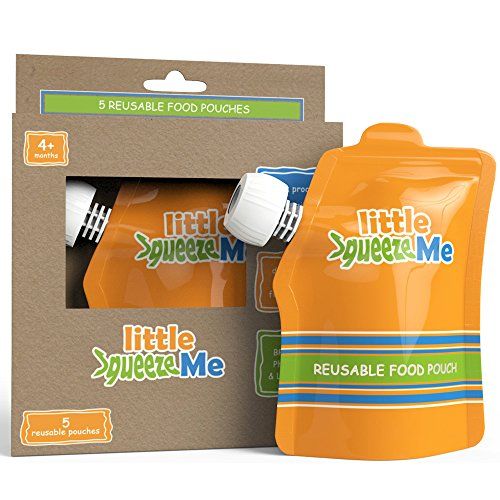
Crazy right? Well, we started researching more to see how we could use this ancient wisdom. That’s when we found the technique we use today. At Amara, we minimally process the fruits, veggies and grains so you can get the closest thing to homemade when you don’t have time to make it yourself. We just take out the water, so you can take homemade with you, anytime, anywhere.
Now that’s what we do. But what do other baby food companies do? Why are those pouches so high in sugars? Why do they have the same texture and consistency, all kind of tasting like apples?
Creating a shelf-stable pouch of baby food
Shelf-stable means that the food can sit on a shelf without refrigeration or spoilage for quite some time. Jarred shelf-stable baby food lasts for about two years. Pouch-stored shelf-stored baby food lasts for one year. This lets supermarkets and baby food companies take their time in selling the product because they don’t have to worry about spoilage.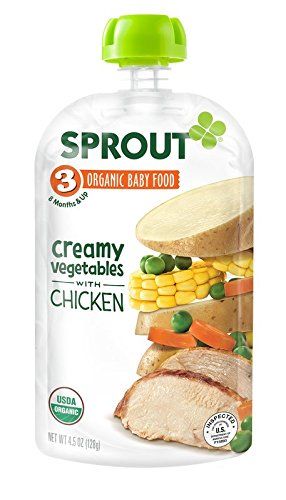
Unfortunately, the way they create shelf-stable food isn’t exactly good for its nutritional value. They have to use processes that remove the causes of spoilage (the bad stuff), but these same processes also reduce nutrition (the good stuff).
The extraordinary high levels of heat the traditional jars and pouches are using is the major culprit. Heat breaks down vitamins and destroys enzymes that are needed for proper digestion. Now, after so much heat – you are left with a boiled down mixture that is closer to jam than wholesome fresh food.
So let’s follow how traditional baby food is made….
First, most shelf-stable baby food companies don’t process raw vegetables and fruits themselves. They buy them from other companies in the form of a puree or a concentrate. These purees and concentrates start by chopping and washing vegetables and grinding them down (which heats up the puree.) Next, stones, skins, and seeds are removed, but along with these, the fiber is also removed. This creates a smooth consistency, but babies need fiber!
This creates a smooth consistency, but babies need fiber!
So far, it’s like making homemade baby food, only maybe not so much heat because you’re not using industrial equipment (you don’t normally heat your food over 185 degrees F for a long period of time)…. But that’s not it.
Then, the puree is “deareated” to remove oxygen (which causes food to spoil) and then pasteurized. As we all know, pasteurization requires high heat for a long time to kill bacteria. This high heat-processed puree is sent to the baby food companies. If a concentrate is called for, the puree goes through an evaporator to draw out water before shipping. If you’ve ever tasted frozen juice concentrate, you know it’s like swallowing a spoonful of sugar.
Now, enter baby food companies:
Baby food companies buy these pureed (can we still call them fruits and vegetables?) and blend them to create their flavors. They sometimes add water for consistency, and they can also add other things.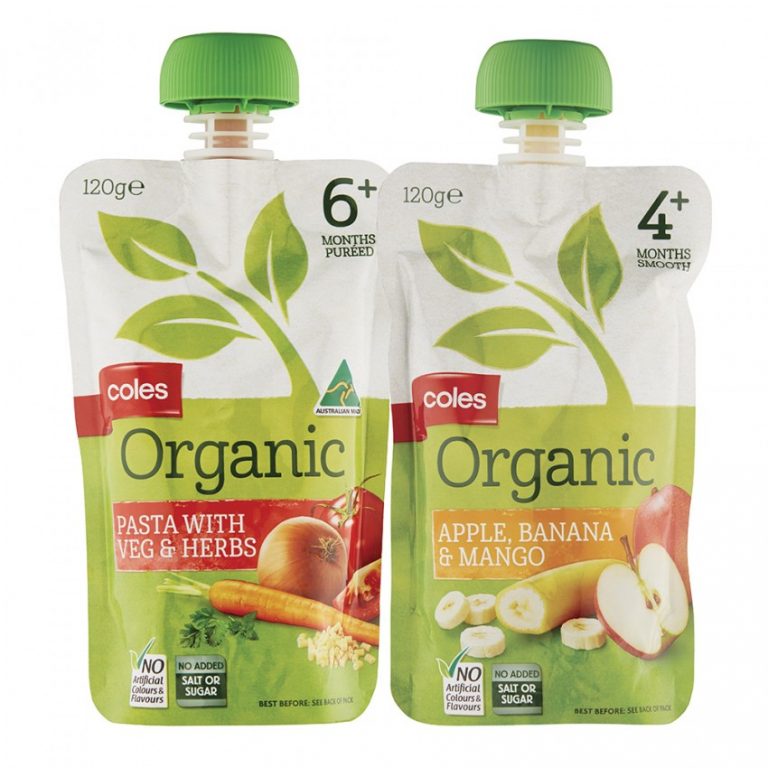 Acids (e.g. citric acid) is added for further bacterial control as well as to prevent browning of the product over time. Nutrient powders may also be added to make up for the lost nutritional value caused by the earlier processes.
Acids (e.g. citric acid) is added for further bacterial control as well as to prevent browning of the product over time. Nutrient powders may also be added to make up for the lost nutritional value caused by the earlier processes.
So let’s go over that….
- Company X grinds fruit or vegetable down to a puree. Heat step to keep it shelf stable and ready to ship to Baby Company.
- Baby Company blends said purees with their recipes. May add nutrient powders, emulsifiers or acids to keep it looking presentable.
- Usually another heat step here to make sure nothing is alive (remember, we have to kill the bad stuff….Oops! There goes the good stuff too.)
Ok, so now we have that pureed recipe of baby food company X. What next?
Then the puree has to get packaged. If it’s in a jar, it’s the same process used for home canning, which requires high levels of heat. But did you know that pouches have to be heated as well? This has to be done to kill any bacteria in the pouch, but again, it raises the temperature of the food.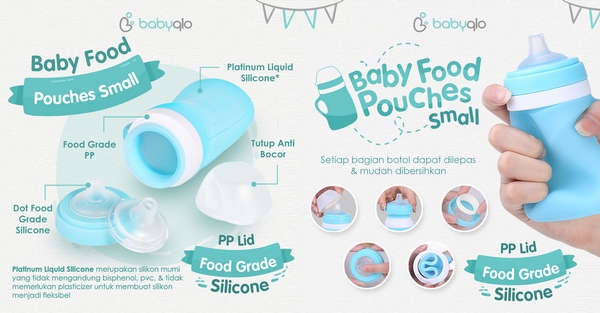 These pouches, while convenient, do contain compounds that might leach into the food under high heat such as BPA and aluminum.
These pouches, while convenient, do contain compounds that might leach into the food under high heat such as BPA and aluminum.
So now you have your pureed heated mix according to the recipe for baby food company X. Then it’s put in a pouch. The pouch is heated AGAIN at high levels to make sure that there is no bacteria or mold in the pouch.
…. Pausing. We’re pretty far from those fresh fruits and veggies you pinned right?
Right.
So. Shelf-stability may help consumers know they’re getting unspoiled baby food, but by the end of it, fruits and vegetables have been turned into a kind of jam with no texture and not the best nutrition. (Ever wonder why your baby loves the pouches but doesn’t like the real veggies when you make them?)
Now, I want to pause here. We are all feeling pretty bad about those pouches and jars right? I mean, we didn’t paint the prettiest picture here. Because it’s not. BUT. I do want to stress here, there are moments that your baby is screaming or you’re in the car and the pouch really is the easiest option. And THAT’S OKAY. We don’t walk around in a perfect white onesie all the time, do we? We know there are times for the pouch, but just treat it as an occasional snack or dessert, not an everyday kind of thing.
And THAT’S OKAY. We don’t walk around in a perfect white onesie all the time, do we? We know there are times for the pouch, but just treat it as an occasional snack or dessert, not an everyday kind of thing.
How Amara differs
We look carefully at every single ingredient and source it the best possible way. That’s right. We don’t just use one co packer that hands us a finished product. We look at every ingredient and find the best process and combination for your little one. We don’t use additives; we don’t use emulsifiers or any of those funny fillers. We just do real food, real ingredients. We bring you the best possible baby food, without you having to chop and cook everything yourself. It's a difference you can see:
Imagine the fruits and veggies just without the water. Now that's a pouch you can actually feel proud of. At Amara, baby food is made better to taste better.
Get 15% off your first purchase with us with code:
ONLYTHEBEST
Sources:
https://www. stlouischildrens.org/health-resources/pulse/pros-and-cons-baby-food-pouches
stlouischildrens.org/health-resources/pulse/pros-and-cons-baby-food-pouches
https://www.firstfiveyears.org.au/child-development/the-important-facts-on-baby-food-pouches
https://www.cleveland.com/news/2019/03/baby-food-pouches-may-pose-risks-for-development-health-when-overused.html
https://pubmed.ncbi.nlm.nih.gov/31340487/
https://www.nytimes.com/2018/06/19/well/rethinking-baby-food-pouches.html
https://www.nytimes.com/2020/04/17/parenting/baby-food-pouches.html
http://science.howstuffworks.com/innovation/inventions/5-ancient-incan-inventions5.htm
USDA Table of Nutrient Retention Factors
http://nutritiondata.self.com/topics/processing#ixzz1fPecqOzH
http://www.livestrong.com/article/547867-what-does-cooking-do-to-vitamin-c/
https://www.scientificamerican.com/article/raw-veggies-are-healthier/
http://www.beyondveg.com/tu-j-l/raw-cooked/raw-cooked-2f.shtml
http://feedkids.com/2010/09/freeze-dried-dehydrated-fresh-frozen-or-canned-what-is-the-best-source-of-nutrition/
Gupta et al 2013, Retention of nutrients in green leafy vegetables on dehydration; J Food Sci Technol 50 (5), 918-925.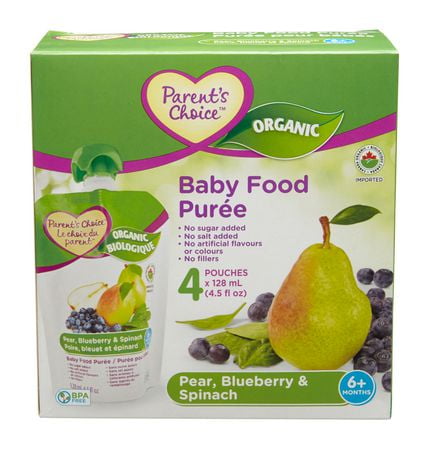
Pediatrician explained why you shouldn't give puree from bags to children
From the soft pack, the puree only needs to be squeezed into the child's mouth. Later, sucking the puree out of the bag, he will learn himself. Pouch is convenient on the road, on walks and at home. Keeps well without refrigeration. The child loves them very much and asks for more. Lure without a spoon, a dirty table and bibs. At first glance, a real find for busy parents. nine0003
Not surprisingly, already in 2019, the New York Times wrote: “In the US, spiders account for 25% of all baby food sales.” Shelves with mashed potatoes in plastic can also be found in Russia. The choice of names and tastes is growing every year.
But are spiders as useful as they are convenient? What do pediatricians, nutritionists, and nutritionists say about spiders?
Experts agree that puree in soft packs does more harm than good. And in fact, there is practically no benefit. And that's why. nine0003
And that's why. nine0003
First, the habit of eating out of soft plastic packaging, sucking out the puree, interferes with the correct eating behavior of the child. For development, it is very important that the baby sees food, learns to handle a spoon, and can bite and chew pieces. So that he can study the product with his hands, lips, tongue. And at the same time there would be an opportunity to experiment with your food.
The introduction of complementary foods serves the child not only as a source of additional nutrition. This is also a transitional time from dairy nutrition to a common table. Gradually, the child learns complex fine motor skills. Studies have shown that children on spiders later master the bite of food. nine0003
- Photo
- Getty Images
It is very important that the baby is in contact with the parent, and the food itself takes place in a relaxed atmosphere, at the dinner table.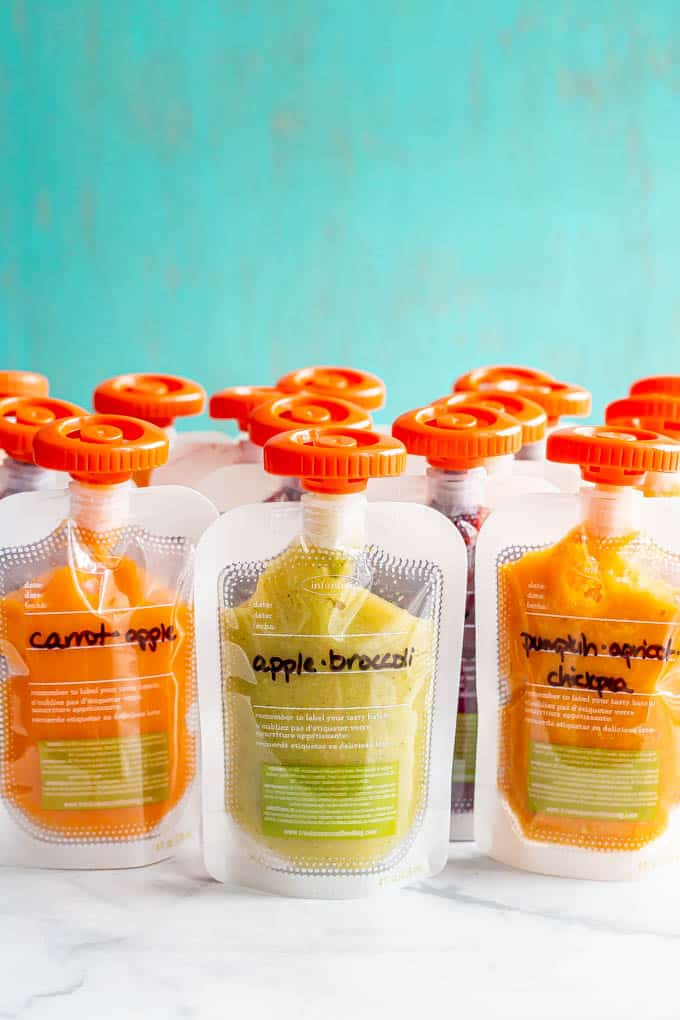 Eating for a baby is not only swallowing food from a package. This is an intensive communication with parents. Cognition of speech, signals, observation. The whole event for the baby. This is how his future eating behavior and addictions are formed.
Eating for a baby is not only swallowing food from a package. This is an intensive communication with parents. Cognition of speech, signals, observation. The whole event for the baby. This is how his future eating behavior and addictions are formed.
Sucking a semi-liquid mass out of the package disrupts the development of normal eating and motor skills if the baby eats this way all the time. Moreover, it will be more difficult for a child to get used to normal multi-component and unsweetened food when a lighter and faster alternative is already well known - pouch. nine0003
Secondly, even if the package says “no added sugar”, they still contain sugar. Fruit or vegetable puree may be sugar-free, but when vegetables or fruits are processed, pureed, and then heavily concentrated, the percentage of carbohydrates can be much higher than their content in whole fruit. So, for example, a fresh peach contains 9.5 g of carbohydrates per 100 g, and peach puree labeled “sugar free” contains 15.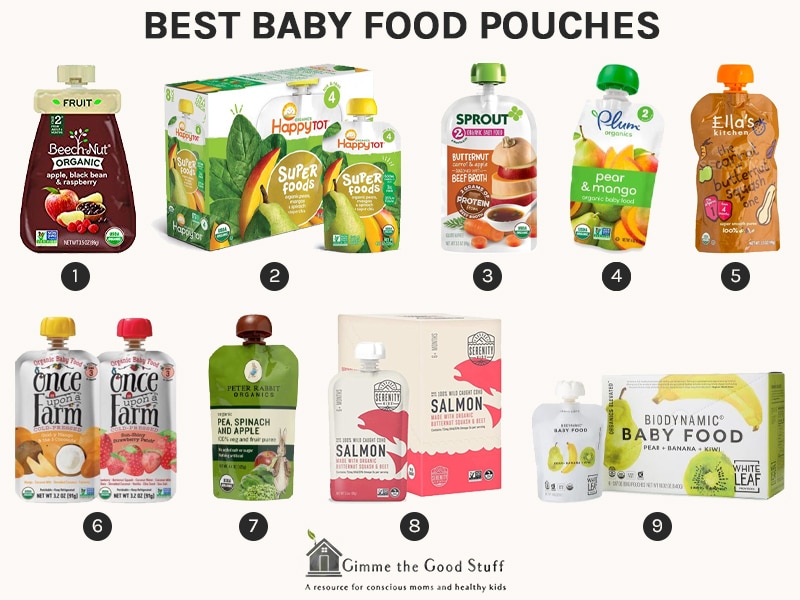 1 g / 100 g of the product. One and a half times more!
1 g / 100 g of the product. One and a half times more!
For the same reason, European and American associations of pediatricians have excluded fruit juices from the diet of children under 1 year of age. Russian pediatricians recommend juices after 8 months. Not only because they contain more sugar, but also because juices are devoid of fiber that is useful for the baby. nine0003
- Photo
- Getty Images/iStockphoto
In addition, pouch puree is almost always based on some sweet fruit, not low-carb vegetables, even if they are large on the packaging. It is also not uncommon for children to receive a pouch even if they are not hungry. It happens that parents try to soothe their crying baby in this way and thereby overfeed him.
Excess carbohydrates threaten not only caries, but also a more serious problem - obesity. It is childhood obesity that is becoming one of the most difficult tasks in pediatric medicine. Indeed, according to recent studies, obese children under the age of three will remain obese in adulthood with a probability of 90% (A. Körner et al., 2019). That is, a fat child has practically no chance of being slim in his adult life.
Indeed, according to recent studies, obese children under the age of three will remain obese in adulthood with a probability of 90% (A. Körner et al., 2019). That is, a fat child has practically no chance of being slim in his adult life.
And thirdly, let's not forget that spiders are a large amount of plastic, with an overabundance of which the entire planet is struggling. Soft plastic packaging cannot be recycled, due to the fact that it is made from many layers of different polymeric materials, each with its own properties.
Tags
- Question to Pediatrician
Readers today
Can a child's blood type be different from that of the parents? Doctor answers
Looks like dad and grandma Diana: 5 new photos of Megan and Harry's daughter
When will the allowance come in January 2023 and what will change in payments for children
Online broadcast and funeral at sunset: 8 features of the burial of Elizabeth II
High relationship: Prince William attended ex-girlfriend's wedding - Kate stayed at home
Baby applesauce: the safest for the little ones0001
/ All materials
Security? Better.
 Sterility
Sterility When stale apples that have already begun to spoil are used in the manufacture of mashed potatoes, mycotoxins remain in the finished mash even after heat treatment.
According to the results of the examination, patulin was found only in puree "Grandmother's Basket" and Hipp , but its amount (50-60% of the maximum allowable level) is so insignificant that it cannot harm the child.
The experts also tested all applesauce for 5-hydroxymethylfurfural (5-HMF).
If we compare canned puree of industrial production and prepared by ourselves, which one is safer and of higher quality?
Artem Samoilov, head of the testing laboratory VNIIKOP:
The sourest, sweetest and most fortified
The makers of Grandma's Basket and Heinz seem to have chosen the sweetest varieties. nine0003
Puree Gerber turned out to be sour in taste - the most expensive among the tested samples. At the same time, its acidity, determined in the laboratory, as well as the acidity of all other purees, complies with the standards. This means that the manufacturers used only ripe apples - when making puree from unripe fruits, the acidity would be high.
At the same time, its acidity, determined in the laboratory, as well as the acidity of all other purees, complies with the standards. This means that the manufacturers used only ripe apples - when making puree from unripe fruits, the acidity would be high.
The manufacturer of mashed potatoes Heinz did not regret “ascorbic acid”: its quantity is maximum compared to other samples.
The vitamin C content in a jar of this applesauce is 2.5 times the daily requirement of a child under the age of one year. However, there is nothing wrong with this: such a content of the vitamin meets the requirements of the standards, and the consumption of ascorbic acid in such quantities does not pose a danger to the health of the child. nine0003
According to the results of the examination of Roskontrol, all tested apple purees turned out to be safe and of high quality. You can safely choose the one that you like best for the price, and the child for the taste.
At what age should applesauce be introduced into a child's diet? On jars they write “from 3.